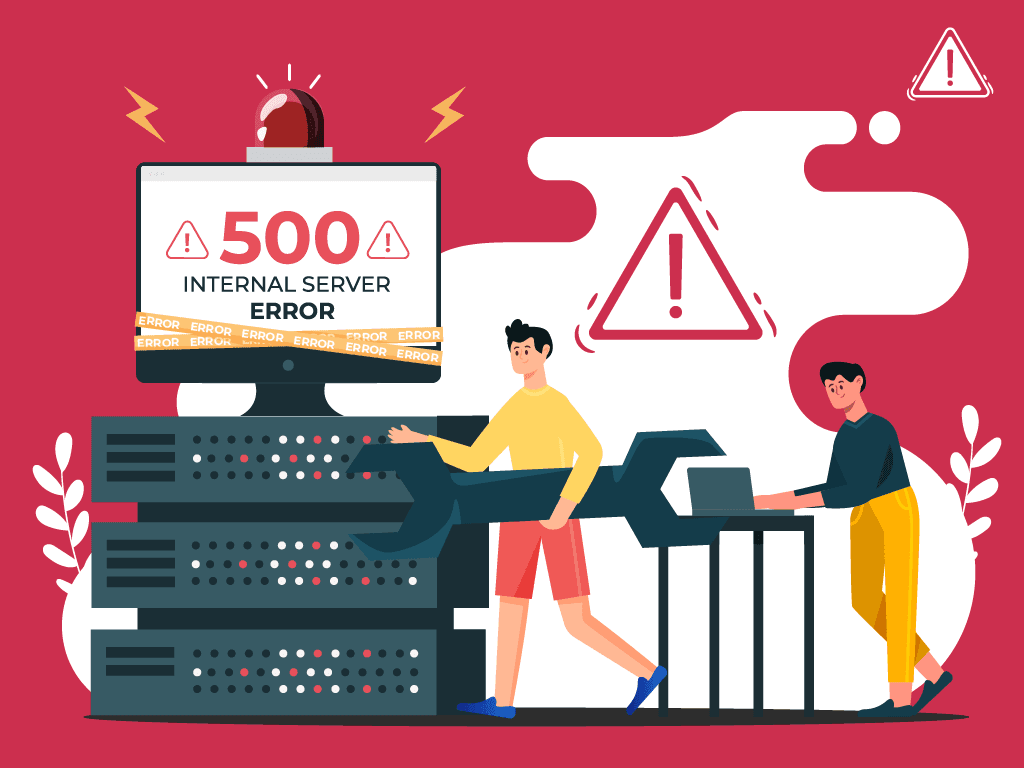Introduction:
PHP scripting errors can disrupt the functionality of your web applications. Diagnosing and fixing these errors is crucial for maintaining a smooth and error-free experience for users. This guide provides a step-by-step approach to identify and resolve PHP scripting errors.
Diagnosing PHP Scripting Errors:
Step 1: Enable PHP Error Reporting:
- In your PHP configuration, ensure that error reporting is enabled. Set the
error_reportingdirective to E_ALL to report all types of errors. This will help display error messages on the screen, aiding in the diagnosis.
Step 2: Check Error Logs:
- Examine your PHP error logs for detailed information about the errors. The location of error logs varies based on your server configuration. Common locations include
/var/log/php/error.logor specified paths in the php.ini file.
Step 3: Review Error Messages:
- Analyze the error messages provided by PHP. Error messages typically include information about the type of error, the file and line where it occurred, and a description of the issue. Use this information to pinpoint the error.
Step 4: Inspect Code at Error Line:
- Go to the file and line number mentioned in the error message. Inspect the code around that line to identify the cause of the error. Look for syntax errors, undefined variables, or incorrect function usage.
Step 5: Verify PHP Version Compatibility:
- Ensure that your PHP code is compatible with the version of PHP installed on your server. Check for deprecated functions or features that may have been removed in newer PHP versions.
Step 6: Debugging Tools and IDEs:
- Use PHP debugging tools and integrated development environments (IDEs) that offer features like breakpoints, step-by-step execution, and variable inspection. Tools like Xdebug can enhance your ability to debug complex issues.
Step 7: Check File Permissions:
- Verify that the file and directory permissions are set correctly. Incorrect permissions can lead to errors, especially when trying to write to files or directories. Set appropriate permissions using chmod or a similar command.
Step 8: Test Input Data:
- If your PHP script involves user input, test the input data to ensure it meets the expected format. Incorrect or malicious input can trigger errors. Implement input validation and sanitation to enhance security.
Step 9: Disable Display Errors in Production:
– In a production environment, consider disabling the display of errors to users. Instead, log errors to a secure location while presenting a generic error message to visitors. This prevents sensitive information from being exposed.
Step 10: Use Try-Catch Blocks (Exception Handling):
– Implement try-catch blocks to handle exceptions gracefully. This helps prevent fatal errors from crashing your application and allows you to log or display meaningful error messages.
Step 11: Identify Memory Limit Issues:
– PHP scripts may encounter memory limit issues, especially for resource-intensive tasks. Check and increase the memory_limit directive in your php.ini file if necessary. Analyze the code for memory-efficient practices.
Step 12: Examine Include and Require Statements:
– If your script uses include or require statements, ensure that the included files exist and are correctly referenced. File path issues can lead to errors, so verify the paths are accurate.
Step 13: Test on Different PHP Configurations:
– Test your PHP script on different PHP configurations, such as different versions or settings. Some errors may be specific to certain configurations, and testing helps ensure compatibility across environments.
Step 14: Utilize Error Suppression Carefully:
– Avoid using the error suppression operator (@) excessively. While it suppresses error messages, it also makes debugging difficult. Use it judiciously and only when necessary.
Step 15: Consult Documentation and Community:
– Refer to PHP documentation and online community forums for assistance. PHP documentation provides insights into error messages and best practices. Community forums may offer solutions for common issues.
Step 16: Seek Professional Assistance (if necessary):
– If you are unable to identify or fix PHP scripting errors, consider seeking assistance from PHP developers or experts. They can provide a fresh perspective and offer solutions tailored to your specific situation.
Conclusion:
In conclusion, diagnosing PHP scripting errors involves a systematic approach, from enabling error reporting to inspecting code and using debugging tools. By following these steps, you can identify and resolve PHP scripting errors, ensuring the reliability and stability of your web applications.


